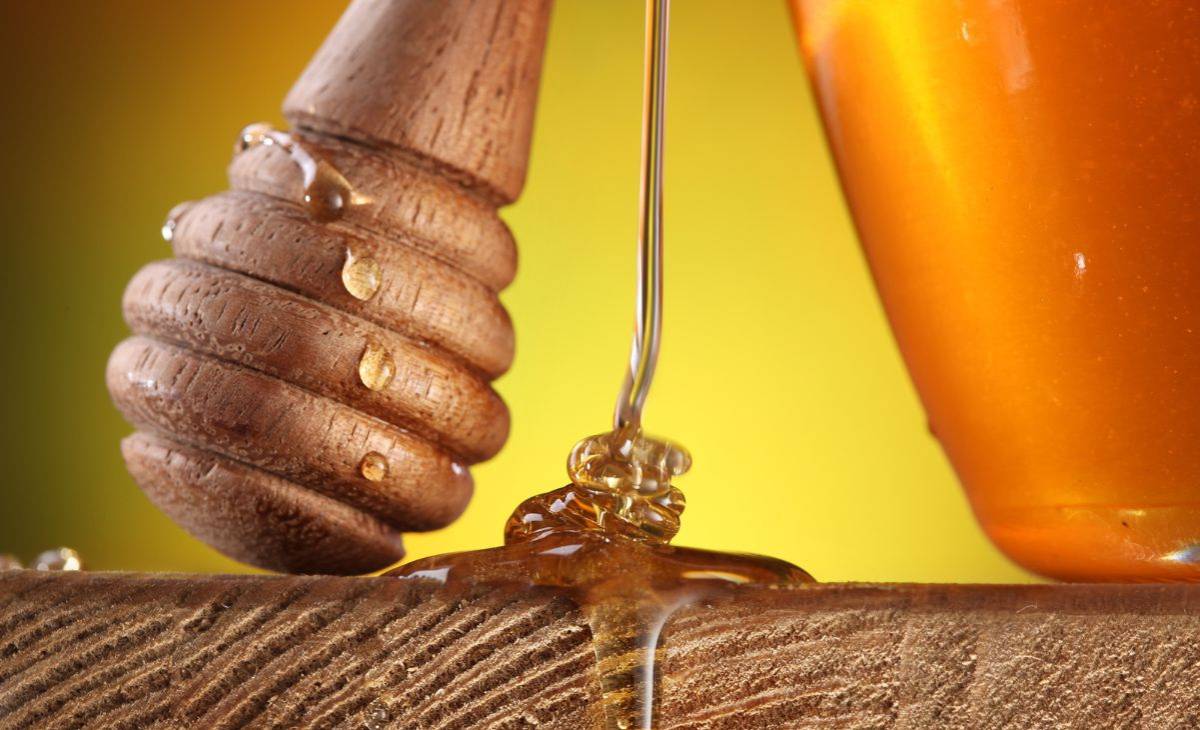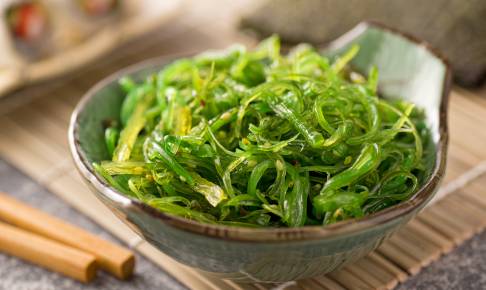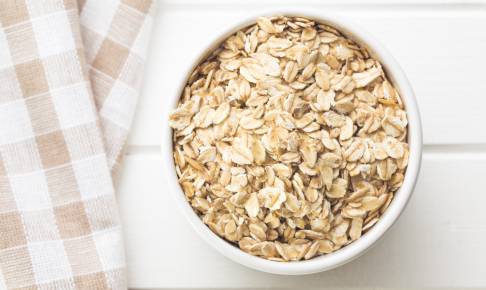EFSA assesses the risks of grayanotoxins consumption in honey
Following a request from the European Commission, the European Food Safety Authority (EFSA) Panel on Contaminants in the Food Chain (CONTAM Panel) has recently published its scientific opinion on the risks for human health related to the presence of grayanotoxins (GTXs) in certain types of honey. The risk assessment included all structurally related grayananes co-occurring with GTXs in ‘certain’ honey’ and other foods.
Grayananes are polyhydroxylated diterpenes that are produced by certain flower species of the Ericaceae family. Oral exposure to grayananes is associated with acute intoxication in humans, affecting the muscles and the nervous and cardiovascular systems.
Grayananes can accumulate in honey produced by honeybees that collect the nectar of flowering plants containing these substances. Rhododendron ponticum, R. luteum, and R. ferrugineum are the three most significant species of grayanane-producing plants used in commercial honey production.
Approximately 20 grayananes have been identified in or associated with honey. GTX I and GTX III are the grayananes most studied with respect to toxicological effects as well as their occurrence in ‘certain honey’.
Known amounts of ingested Rhododendron honey associated with acute intoxication in humans vary and are reported to range from 5 to 150 g with levels of GTX I and/or GTX III ranging from 0.5 to 54 milligrams per kilogram (mg/kg).
Regarding the risks for acute toxicity, the EFSA CONTAM Panel assessed the health risk posed by grayanotoxins in honey using the MOE approach (margin of exposure, which is a ratio between the dose at which demonstrable adverse effects are detected and the level of exposure to a drug for a specific population).
The Panel estimated that grayanotoxins in honey have MOEs under 100. Considering that a ratio equal to 10 000 or above indicates a low concern for consumers, the results obtained by EFSA raise some questions and highlight the need for further investigations.
According to EFSA, the maximum amount of grayanotoxins in honey that won’t affect children is 0.05 mg/kg. The Panel is also 75% or more certain that this level is protective for all age groups.
EFSA highlights that, even though more than 1 000 cases of intoxication after ingestion were retrieved in published literature, only a small number included quantitative information on the content of grayananes in the honey consumed by the affected people. EFSA notes that this shortage of published data needs to be addressed with further investigations to improve the risk assessment for humans.
Source:





















